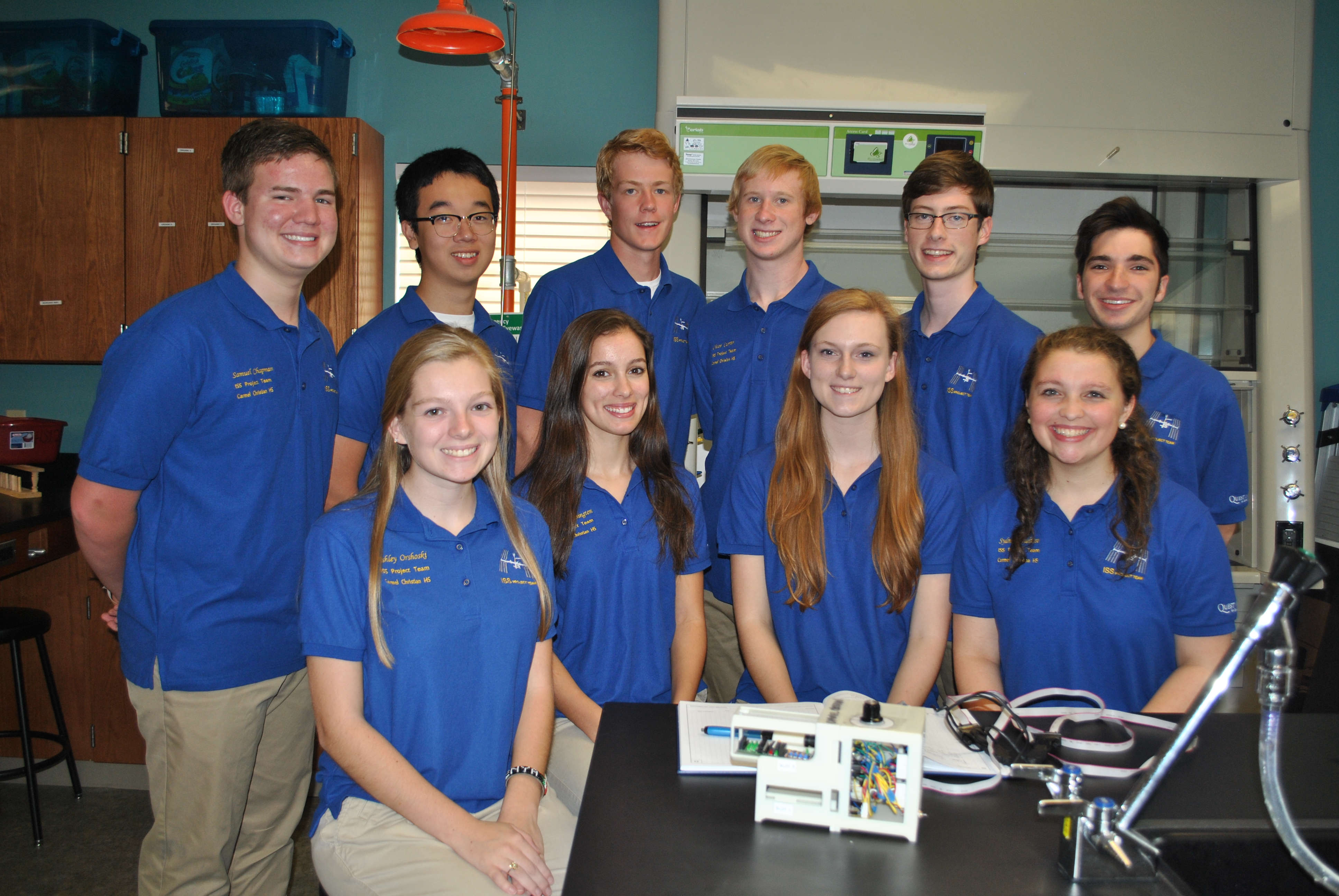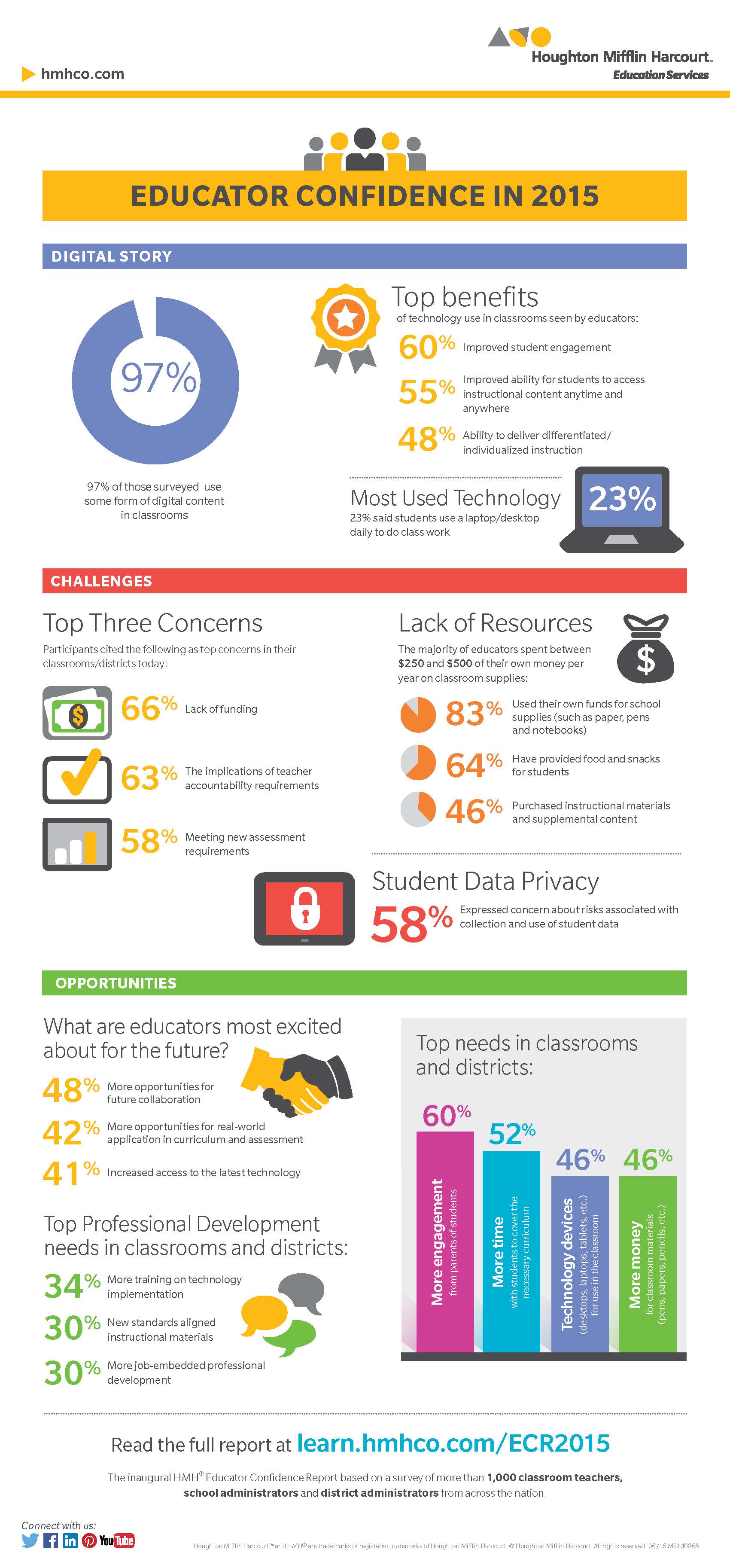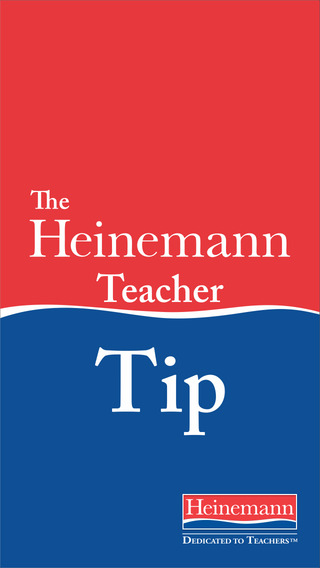Beyond the Written Word
Close Readings of Complex Visual Texts
 Carol Jago, HMH Program Author, English Language Arts
Carol Jago, HMH Program Author, English Language Arts
Blog post originally published on hmhco.com
Visual artists approach their work with the same purposes as writers: to persuade, to explain, and to convey experience, real or imagined. The difference is in their tools. While writers employ diction, syntax, and imagery to establish a tone and convey their message; visual artists use color, line, shape, object, and scale.
Our students are bombarded by visual images yet rarely stop to analyze them. I’m not talking only of advertising. Media study units are popular components in many English syllabi. What isn’t much in evidence in the secondary English curriculum are rhetorical readings of complex visual texts. While these images have been ostensibly created to inform, they also often contain powerfully persuasive messages.
An example of one such text is the photograph of the oil-coated pelican that appeared in newspapers and websites all over the world following the 2010 explosion on British Petroleum Macondo Prospect. The bird became a symbol of the tragedy and made the fallout from the spill real in ways that statistics about the number of barrels of oil dumped into the Gulf could not.
In the same way we challenge students to deconstruct and analyze an editorial; we need to invite them to “read” visual images. Have students look closely at the photo for two minutes. It will seem an eternity, but insist on the full interval. Tell students that if they think they’ve seen everything in the photo, they should scrutinize another corner. Then have students turn to a partner and talk about what they see. After about three minutes, bring the class together to discuss as a whole group the following or similar text-dependent questions:
- What effect does the pelican’s open beak have on your reaction to the photo? What does the bird seem to be saying?
- How does the position of the pelican’s wings affect your “reading” of the bird’s dilemma? What does this gesture suggest?
- How does the viewer’s personification of the pelican contribute to the photograph’s impact?
The editors who chose to display this image to accompany news stories about the spill were making a conscious and calculated decision to appeal to their readers’ emotions in order to incite outrage against those responsible for the spill. So effective was this image and others like it in portraying suffering wildlife, British Petroleum has had to pay—along with their fines—for widely distributed public relations videos demonstrating BP’s “Commitment to the Gulf."
Videos: Telling a Different Story
You might want to have students view and do a rhetorical reading of the British Petroleum video. First show the one-minute video with sound, then without the background music. For their second reading, ask students to consider as they watch and then discuss:
- What effect does the backdrop of glistening, clean water have on a viewer? What are you meant to think?
- Describe the narrator of this video. Why do you think creators of the video chose this man and dressed him in this fashion?
- How do you interpret the images of wind surfing and shrimp skewers? What are these images included in the video? What are they meant to convey?
- Why do you think the video includes printed words? What impact do these statements achieve?
- Show the video one more time with the music and ask students to describe the effect the music had on the video’s message. How might different music have had a different effect?
We need to offer students more opportunities for this kind of analytical discussion not only because video texts are likely to be included on standards-aligned performance assessments, but more importantly, because such videos are increasingly a part of students’ online reading lives.
You might be thinking, “Yes, but classroom time is so valuable and kids already know how to watch YouTube.”
True. Students are adept at watching cat videos. Unfortunately they tend to be naïve and inept at reading a visual text for purpose, method, and structure. But we can work on changing that—engaging in visual analysis gives us important tools for interpreting the world.
HMH program author and celebrated literacy expert Carol Jago received the Thought Leader in Adolescent Literacy Award at this year’s International Literacy Association conference July 17–20 in St. Louis.
Carol has taught middle and high school for 32 years and is associate director of the California Reading and Literature Project at UCLA. She is past president of the National Council of Teachers of English and author of With Rigor for All: Meeting Common Core Standards for Reading Literature and Papers, Papers, Papers: Handling the Paper Load (Heinemann).
Private and Parochial School of the Month
Carmel Christian School
Matthews, North Carolina

Carmel Christian School was looking for ways to bring innovative educational programming to their high school students. An opportunity to partner with the Quest Institute for Quality Education became available that would allow a team of students to send an experiment to the International Space Station for thirty days. Alongside a liaison with NanoRacks, LLC, which has equipment aboard the ISS and a relationship with NASA, Carmel Christian School designed a project-based learning, full-year course integrating all areas of STEM.
The two teacher mentors for the project, Lorelei Beightol and Gen Bowen, sought to build a team of curious students—not just the top ones academically. Their first step was to generate excitement for the new course, which they did by creating a five-minute teaser with a video that was given to all science classes, followed by an information session for all those interested in applying.
Once the team was built, the mentors next sought to create a grading process that would not interfere with the research process and collaborative learning. They wanted it to be differentiated and provide a personalized learning tool for each individual student. With this in mind, they developed a quarterly performance review that allowed them to assess each student in their role on the team independent from the others. They were able to passively observe students and not interrupt the active process, while at the same time, use the reviews to coach, encourage, and teach students how to improve and leverage their own unique talents.

The student team was given the task: conceive, design, build, test, and deliver, over the course of the school year, a self-contained science experiment that would operate without intervention aboard the International Space Station for thirty days, conforming to size, power, and materials limitations. The students had to do all the electrical, software, mechanical, scientific design and testing, creating a STEM course that was multidisciplinary, student-driven, and inquiry-based. The project supplied real-life experience in an environment that encouraged experimentation and gave them safety to fail and try again. Through this course, students were given the space to grow—and send the results of their efforts into space.
Is your school a leader? Do you have a great success story you’d like to share? Tell us about it and you could see your school featured in a future edition!
Product Spotlight

Bridge to your core curriculum with HMH® Leveled Readers
As an educator facing the heightened expectations for student achievement, leveled reading instruction is a critical tool to bridge to new state standards. HMH Leveled Readers and Bookrooms, loved by generations of educators and students, now feature many new titles across several series, including Rigby PM Books, Sails & MainSails, BOLDPRINT, and Pair-It Extreme. Every new title includes updated, enhanced instruction to save you time and maximize student success.
Several series are also available digitally, via My eBookroom. And our Custom Bookrooms and Classroom Libraries allow you to build a collection that directly meets your needs and fits your budget.
Learn more about HMH Leveled Readers
|







